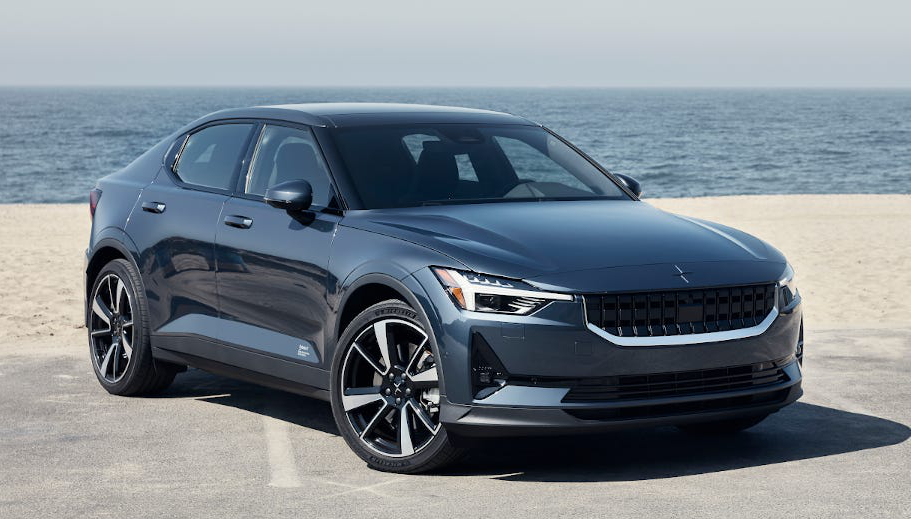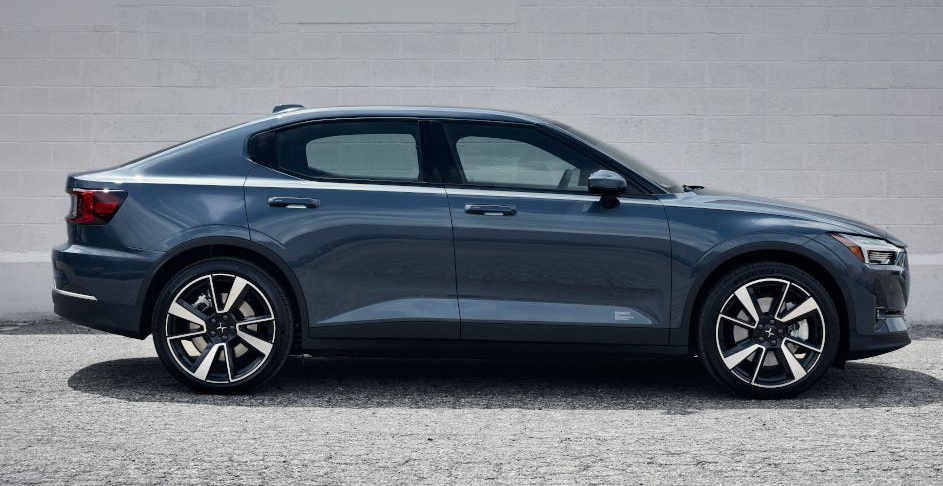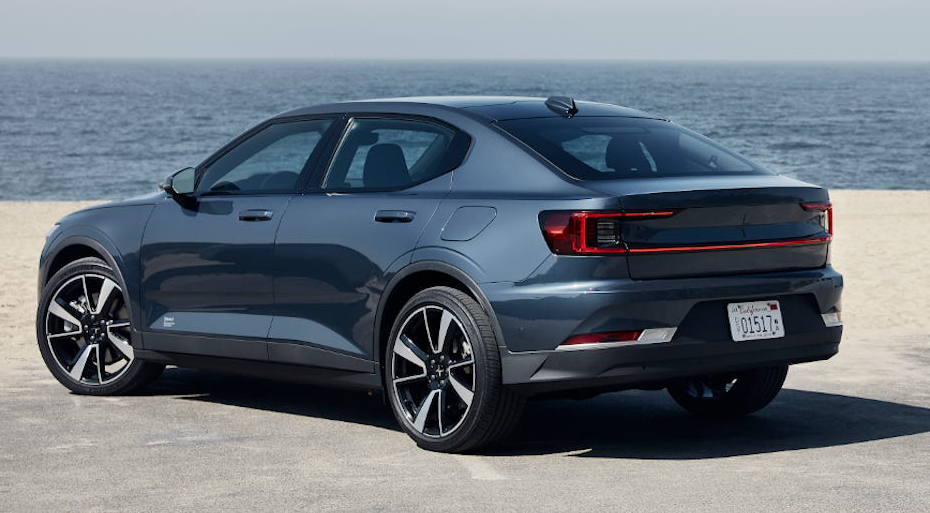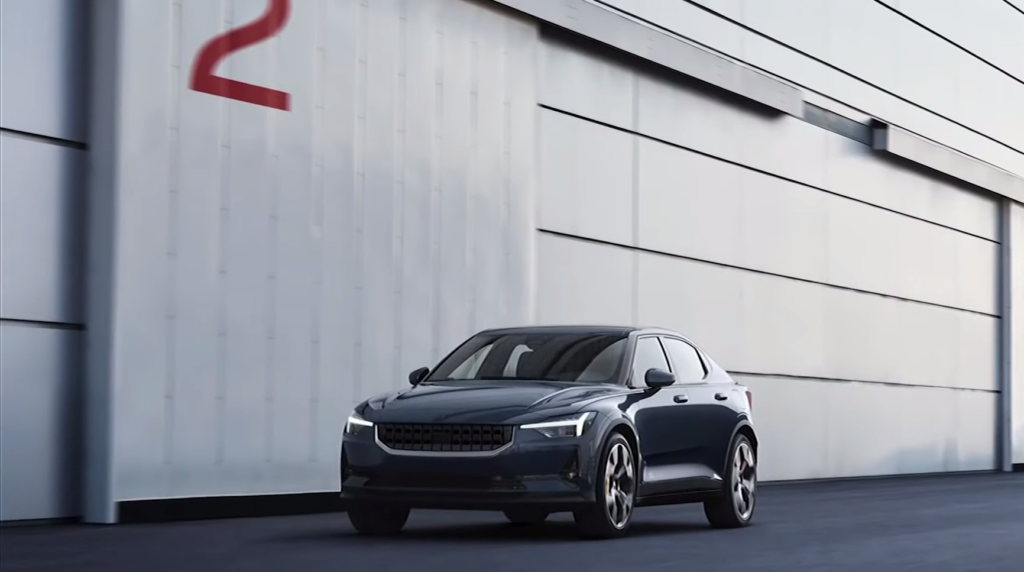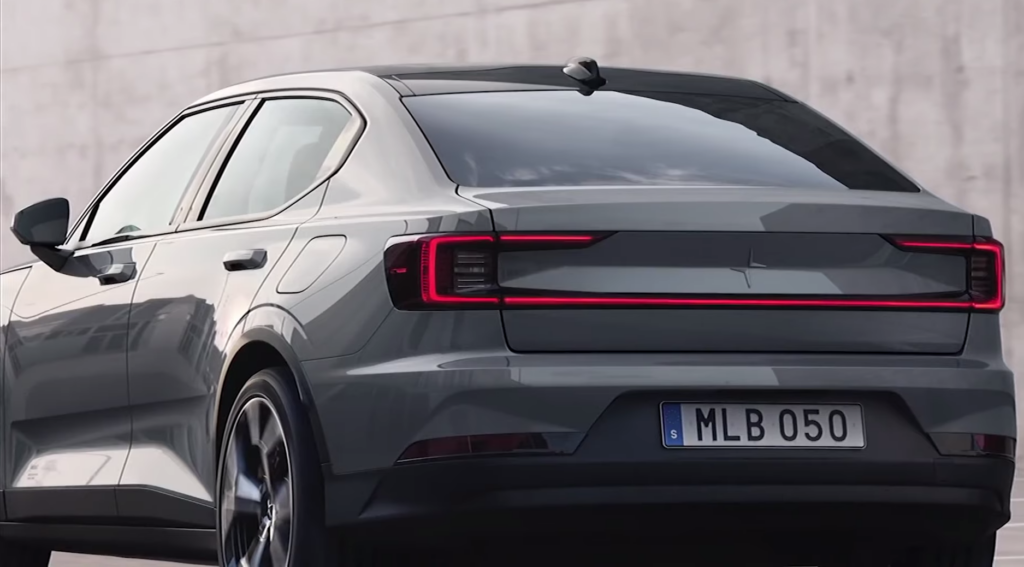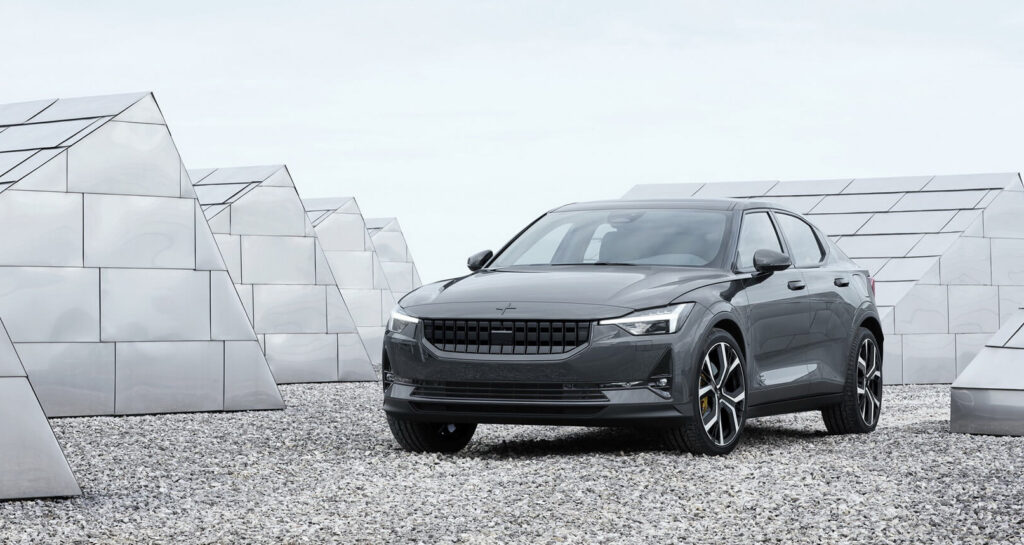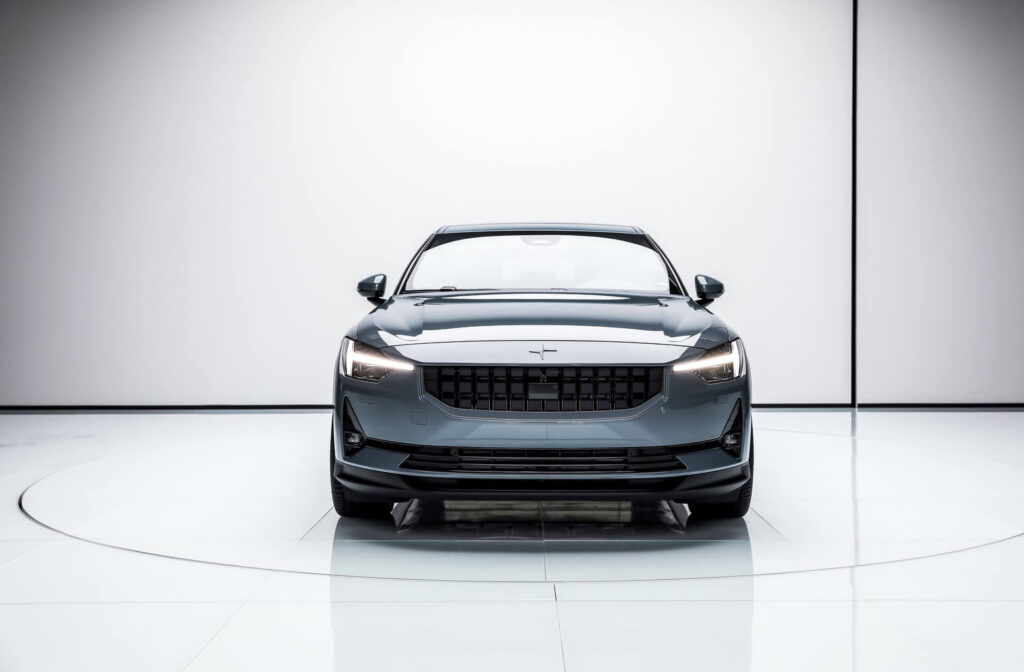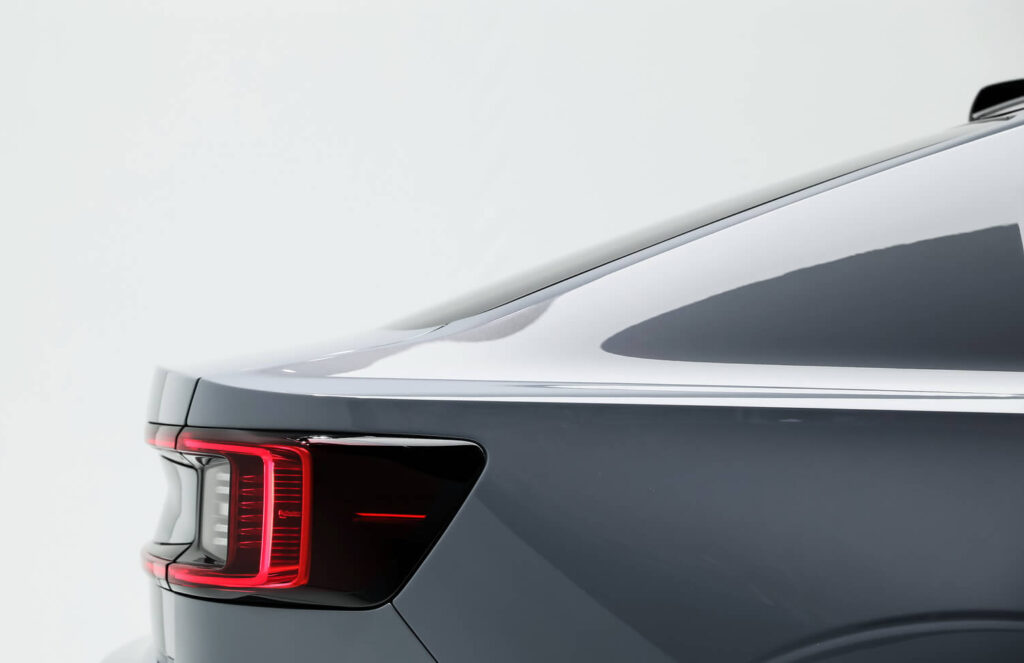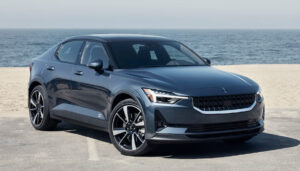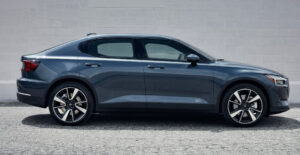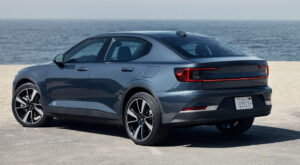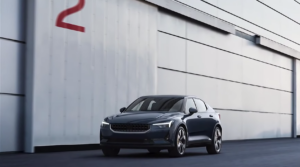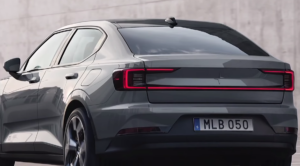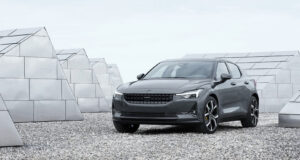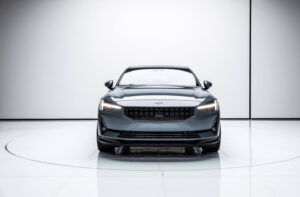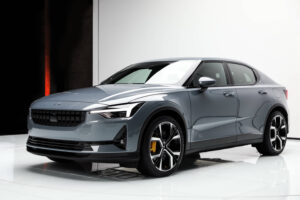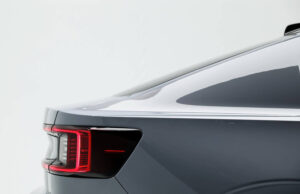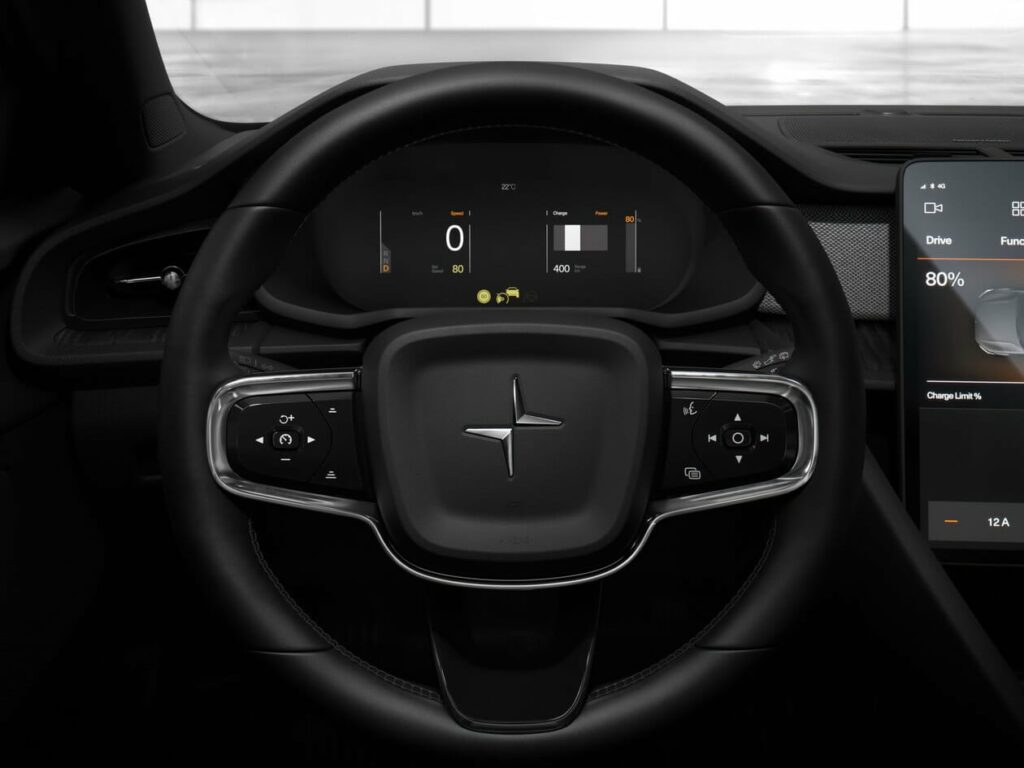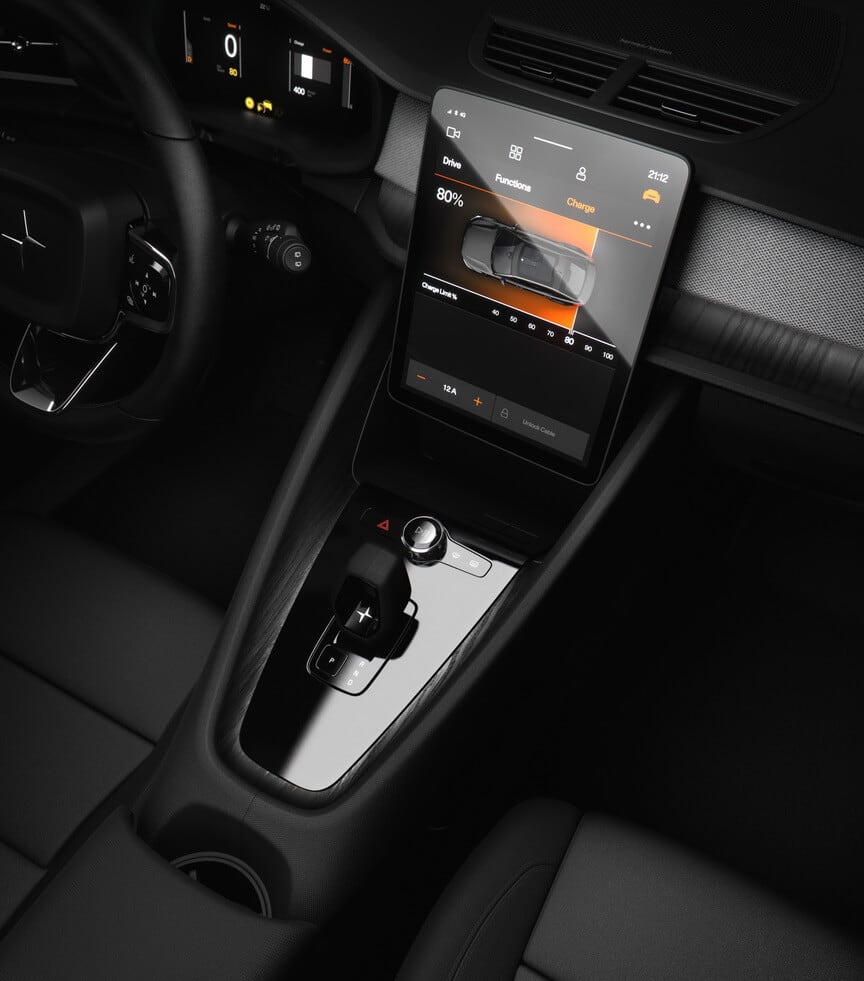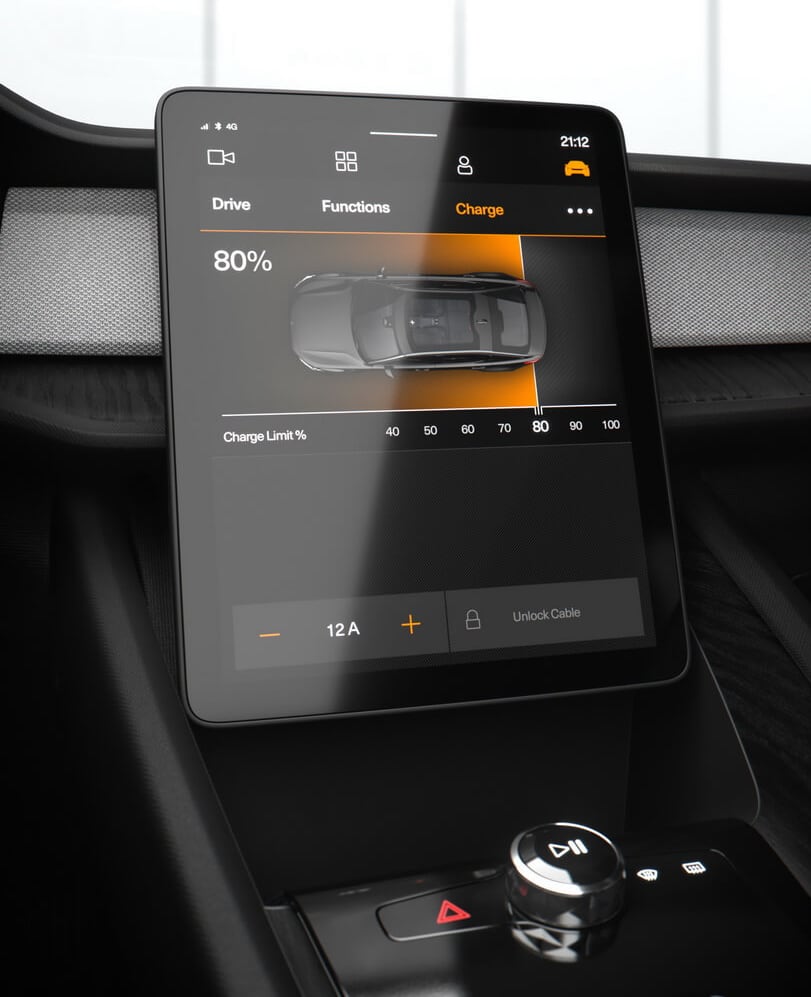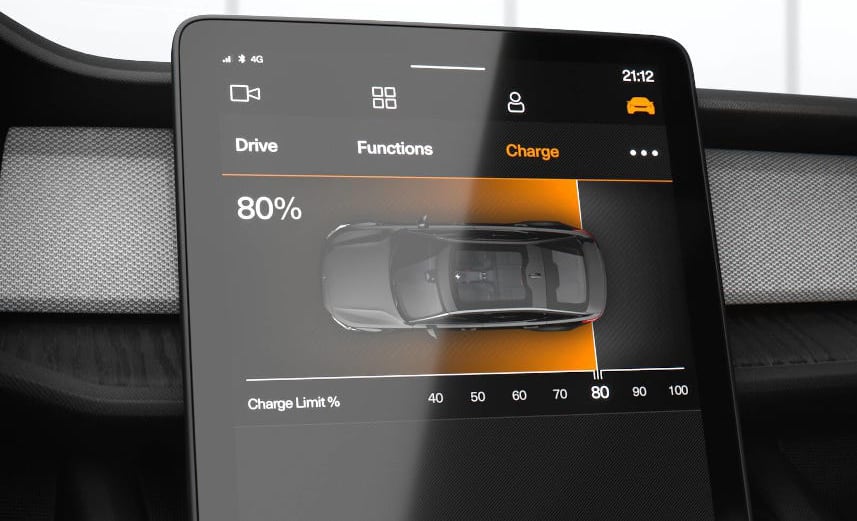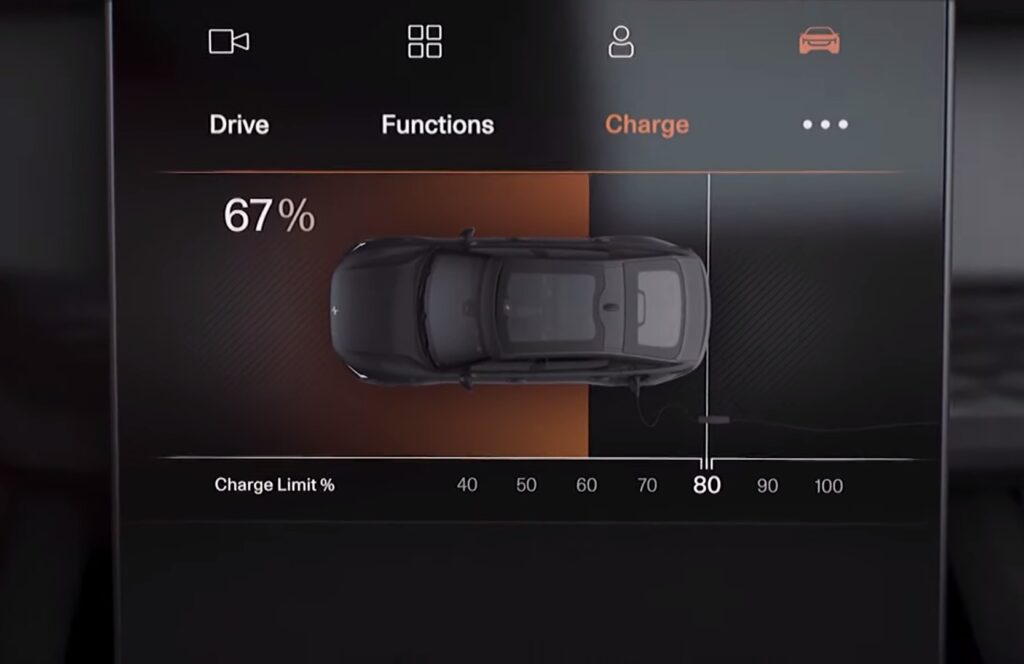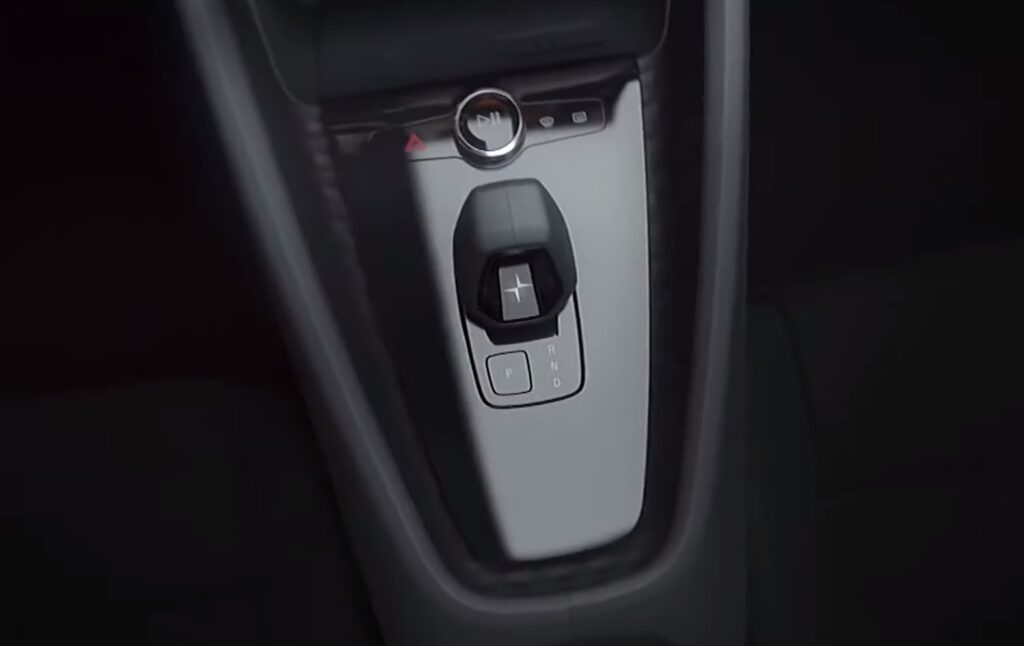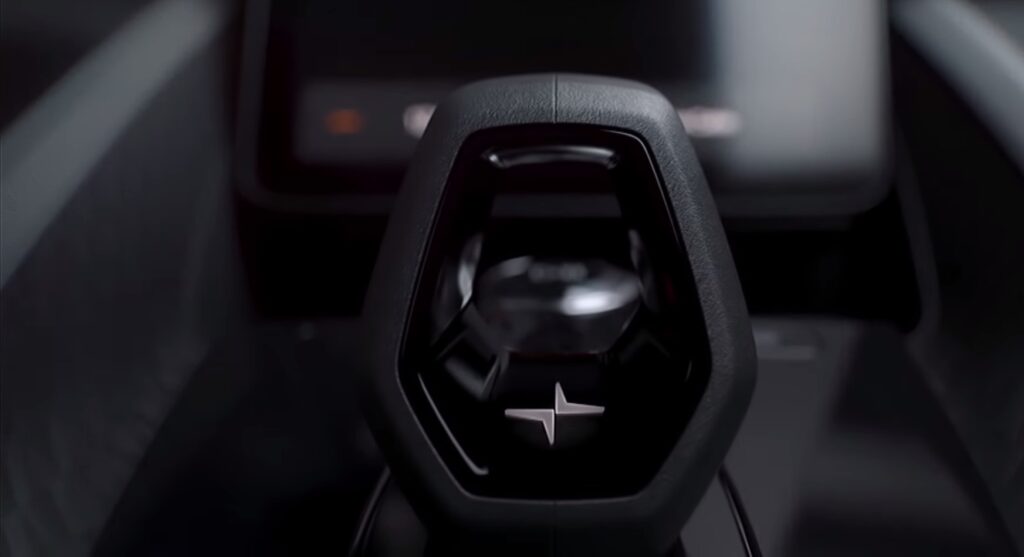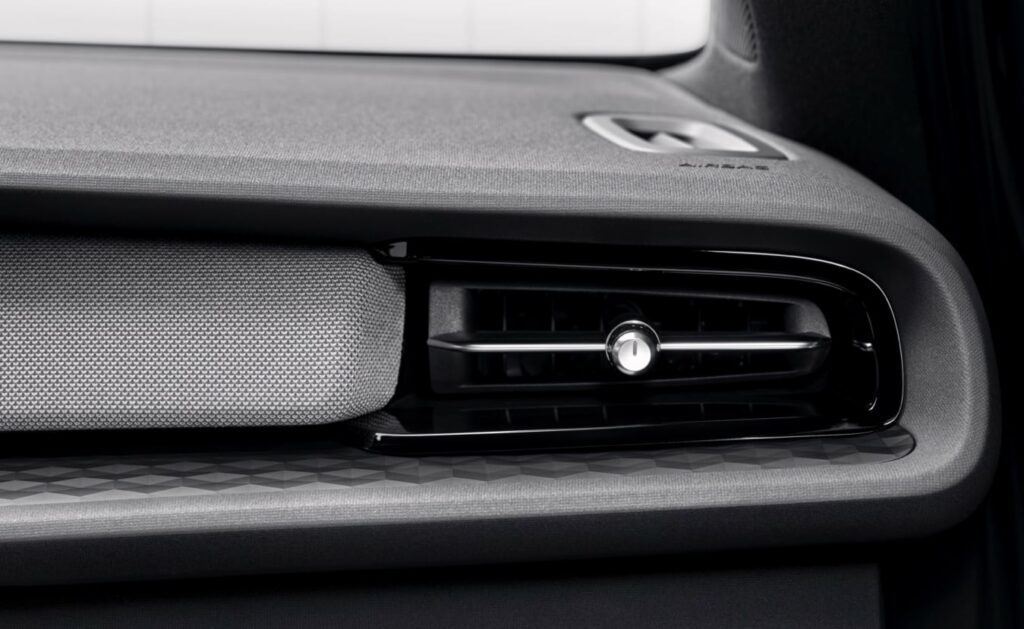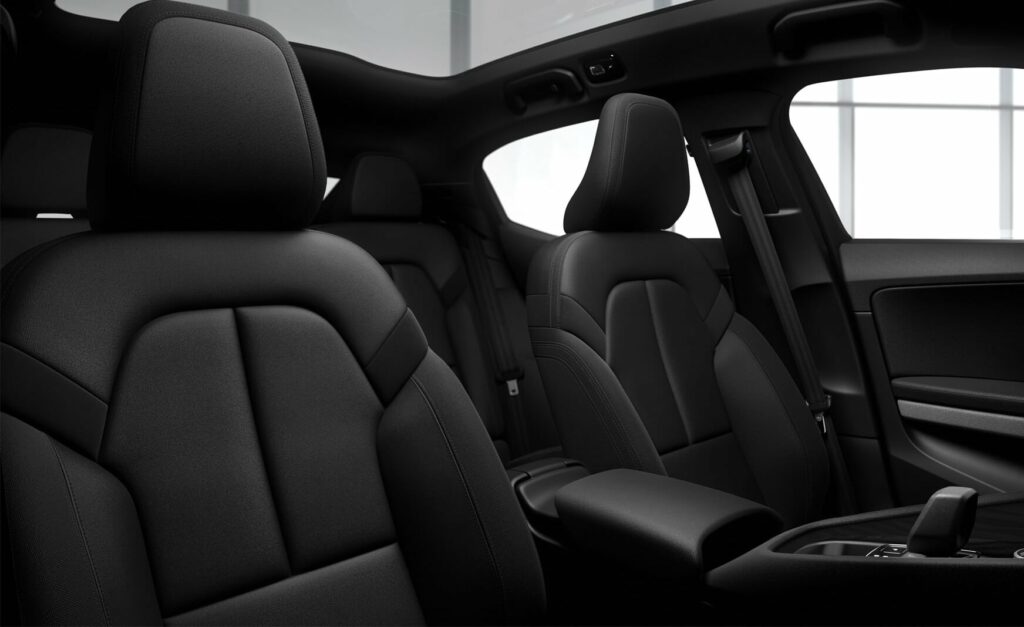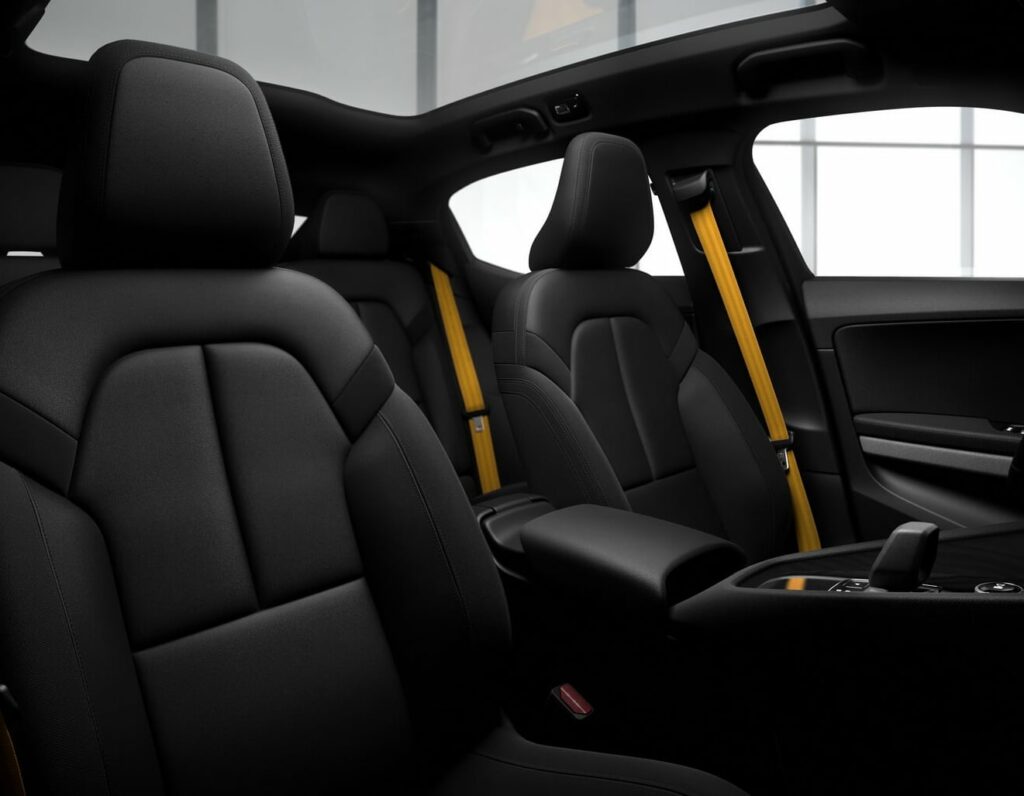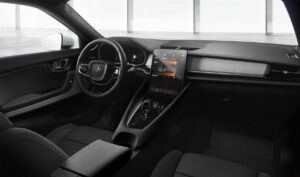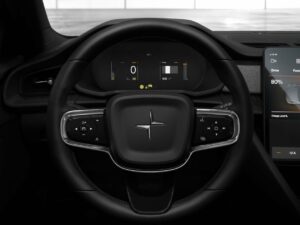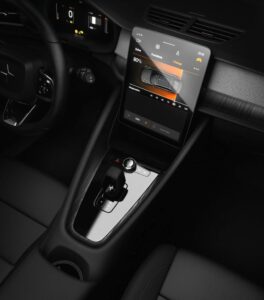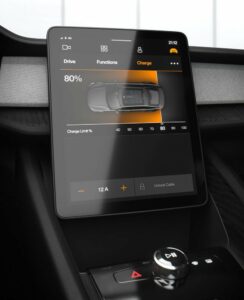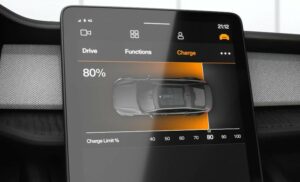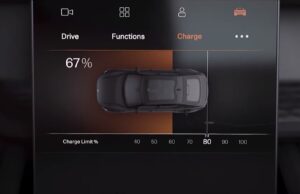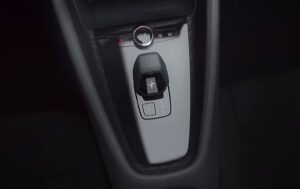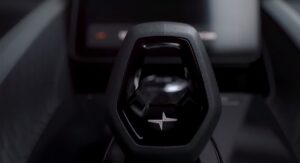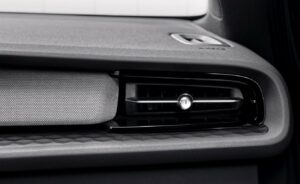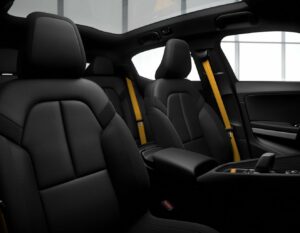Polestar 2 Long Range Single Motor
The Polestar 2 Long Range Single Motor is an all-electric, high-performance five-door fastback produced by Swedish automaker Polestar. It is a variant of the Polestar 2 range and was introduced in 2021.
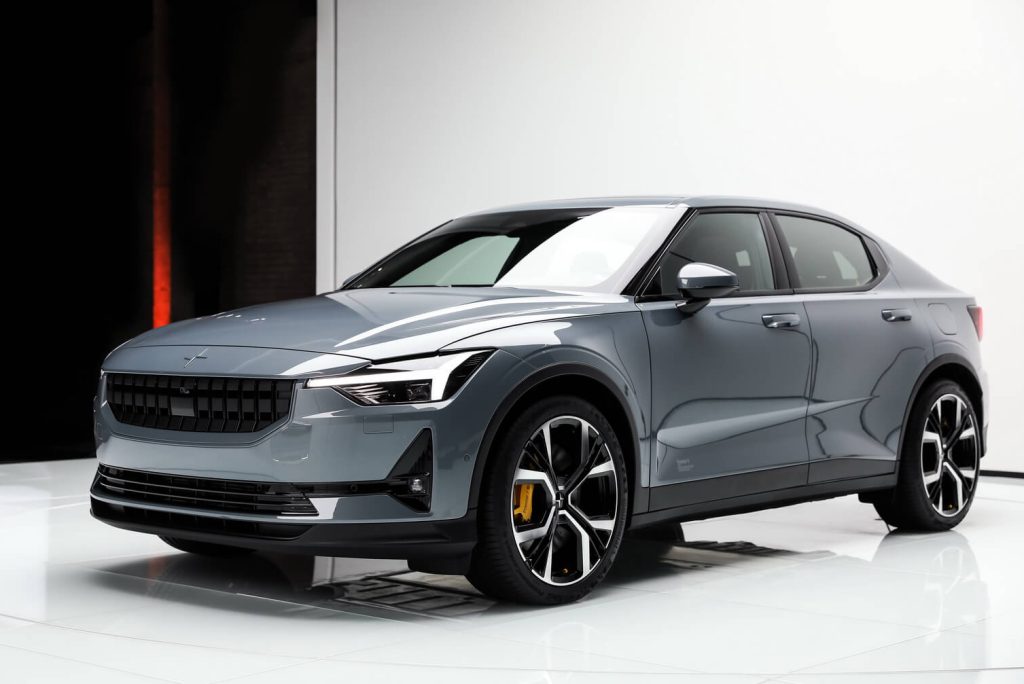
The Long Range Single Motor variant of the Polestar 2 has a single electric motor that provides up to 170 kW, 330 Nm of torque. It can accelerate from 0 to 60 mph in 7.4 seconds and has a top speed of 160 km/h. It has a range of 425 km on a single charge, making it a practical option for long journeys.
The Polestar 2 Long Range Single Motor has a sleek and modern design, with a minimalist and high-tech interior that includes a large central touchscreen display. It is equipped with advanced features such as LED headlights, heated front seats, and a panoramic sunroof.
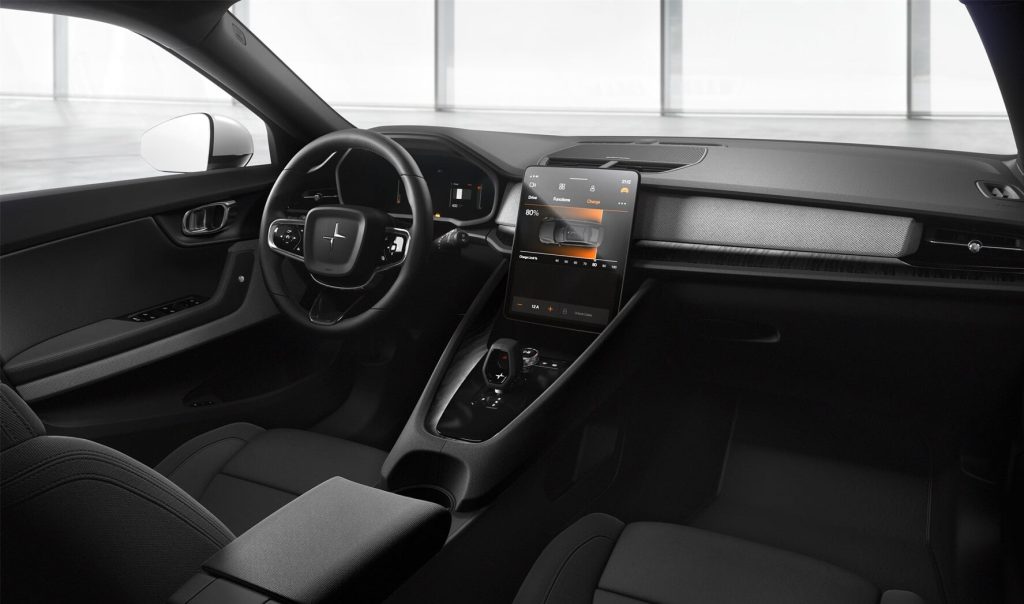
The Polestar 2 is also equipped with advanced driver assistance systems, including adaptive cruise control, lane departure warning, and automatic emergency braking. In addition, the car is equipped with software updates that occur over the air and allow for continuous improvements and new features to be added.
Overall, the Polestar 2 Long Range Single Motor is a great option for those who want a practical and efficient electric vehicle that also offers a high level of performance and advanced technology. Its impressive range makes it suitable for long rides, while its sleek design and advanced features make it a great all-around choice for everyday use.
| Performance | |
| Acceleration 0 – 100 km/h | 7.4 sec |
| Top Speed | 160 km/h |
| Electric Range | 425 km |
| Total Power | 170 kW (231 PS) |
| Total Torque | 330 Nm |
| Drive | Front |
| Battery and Charging | |
| Battery Capacity | 78.0 kWh |
| Battery Useable | 75.0 kWh |
| Europe | |
| Charge Port | Type 2 |
| Port Location | Left Side – Rear |
| Charge Power | 11 kW AC |
| Charge Time (0->425 km) | 8h15m |
| Charge Speed | 53 km/h |
| Fastcharge Port | CCS |
| FC Port Location | Left Side – Rear |
| Fastcharge Power (max) | 151 kW DC |
| Fastcharge Time (43->340 km) | 32 min |
| Fastcharge Speed | 550 km/h |
| Energy Consumption | |
| EVDB Real Range | |
| Range | 425 km |
| Vehicle Consumption | 176 Wh/km |
| CO2 Emissions | 0 g/km |
| Vehicle Fuel Equivalent | 2.0 l/100km |
| WLTP Ratings (TEL) | |
| Range | 540 km |
| Rated Consumption | 171 Wh/km |
| Vehicle Consumption | 139 Wh/km |
| CO2 Emissions | 0 g/km |
| Rated Fuel Equivalent | 1.9 l/100km |
| Vehicle Fuel Equivalent | 1.6 l/100km |
| WLTP Ratings (TEH) | |
| Range | 515 km |
| Rated Consumption | 183 Wh/km |
| Vehicle Consumption | 146 Wh/km |
| CO2 Emissions | 0 g/km |
| Rated Fuel Equivalent | 2.1 l/100km |
| Vehicle Fuel Equivalent | 1.6 l/100km |
| TEL = Test Energy Low | TEH = Test Energy High | |
|
Rated = official figures as published by manufacturer. Rated consumption and fuel equivalency figures include charging losses.
|
|
|
Vehicle = calculated battery energy consumption used by the vehicle for propulsion and on-board systems.
|
|
| Real Energy Consumption between 121 – 246 Wh/km | |
| City – Cold Weather | 181 Wh/km |
| Highway – Cold Weather | 246 Wh/km |
| Combined – Cold Weather | 208 Wh/km |
| City – Mild Weather | 121 Wh/km |
| Highway – Mild Weather | 190 Wh/km |
| Combined – Mild Weather | 153 Wh/km |
| Energy use for each trip will vary considerably depending on the driver and the conditions. Therefore, we have provided a range of estimates which can be useful in developing an understanding of the potential benefits of this technology. | |
| Safety (Euro NCAP) | |
| Adult Occupant | 92% |
| Child Occupant | 89% |
| Rating Year | 2021 |
| Vulnerable Road Users | 80% |
| Safety Assist | 86% |
| Dimensions and Weight | |
| Length | 4607 mm |
| Width | 1800 mm |
| Width with mirrors | 1985 mm |
| Height | 1479 mm |
| Wheelbase | 2735 mm |
| Weight Unladen (EU) | 2069 kg |
| Gross Vehicle Weight (GVWR) | 2490 kg |
| Max. Payload | 496 kg |
| Cargo Volume | 405 L |
| Cargo Volume Max | 1095 L |
| Cargo Volume Frunk | 35 L |
| Roof Load | 75 kg |
| Tow Hitch Possible | Yes |
| Towing Weight Unbraked | 750 kg |
| Towing Weight Braked | 1500 kg |
| Vertical Load Max | No Data |
| Miscellaneous | |
| Seats | 5 people |
| Isofix | Yes, 3 seats |
| Turning Circle | 11.5 m |
| Platform | Volvo CMA |
| Car Body | Liftback Sedan |
| Segment | D – Large |
| Roof Rails | No |
| EV Dedicated Platform | No |
Home and Destination Charging (0 -> 100%)
A public charging station is required to use the highest possible charging rate. The EVSE/charging station’s charging capacity affects how long it takes to fully charge the battery. The table below shows all possible options for fully charging the Polestar 2 Long Range Single Motor.
In Europe, plugging an electric car into an outlet is often as easy as plugging it into a household outlet, but there are differences from country to country. The table below shows the different ways to charge the Polestar 2 Long Range Single Motor, but in some countries some chargers may not be available.
Type 2 ( IEC 62196)

| Charging Point | Max. Power | Power | Time | Rate |
| Wall Plug (2.3 kW) | 230V / 1x10A | 2.3 kW | 38h30m | 11 km/h |
| 1-phase 16A (3.7 kW) | 230V / 1x16A | 3.7 kW | 24 hours | 18 km/h |
| 1-phase 32A (7.4 kW) | 230V / 1x32A | 7.4 kW | 12 hours | 35 km/h |
| 3-phase 16A (11 kW) | 400V / 3x16A | 11 kW | 8h15m | 52 km/h |
| 3-phase 32A (22 kW) | 400V / 3x16A | 11 kW | 8h15m | 52 km/h |
Fast Charging (10 -> 80%)
If you want to enjoy driving an electric car, one of the most important features to consider is the number of miles per hour the car can travel while charged. This is called the “range” of the car. All electric cars have a certain range, even if they are 100% charged. This is because they do not have an internal combustion engine to lean on if you need to drive a long distance.
Max. Power: The maximum power provided by the charging point
Avg. Power: The average power provided by the charging point during a session of 10% to 80%.
Time: the time it takes to charge from 10% to 80%
Speed: the average charging rate during the session of 10% to 80%
Combined Charging System (CCS Combo 2)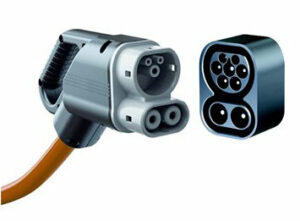
| Charging Point | Max. Power | Avg. Power | Time | Rate |
| CCS (50 kW DC) | 50 kW | 50 kW | 66 min | 270 km/h |
| CCS (175 kW DC) | 151 kW | 105 kW | 32 min | 550 km/h |
| CCS (350 kW DC) | 151 kW | 105 kW | 32 min | 550 km/h |
| Brand | Polestar 2 |
| Model | Long Range Single Motor |
| Body Style | Liftback Sedan |
| Car Engine | electric |
| Motor power | 170 |
| Maximum Torque, Nm | 330 |
| Battery Energy, kWh | 78.0 |
| Power reserve (NEDC/EPA/WLTP), km | - / - / 425 |
| Level Charging (230/400/DC), hours | - / 8.15 / 0.32 |
| Electrical Acceleration, 0-100 km/h (0-62.1 mph) in sec | 7.4 |
| Top Speed, km/h | 160 |
